Retinol Cream Transition: Fall to Winter Care
Navigating the seasonal change from fall to winter can be challenging for your skin care routine. As the weather shifts, so should your approach to skin care, particularly when it comes to using retinol cream. This essential guide will help you smoothly transition your retinol regimen from fall to winter, ensuring your skin remains healthy, glowing, and well-protected against the harsher elements.
Understanding Retinol and Its Benefits

Retinol, a derivative of Vitamin A, is a powerhouse in the world of skincare. Its primary benefits include boosting collagen production, speeding up cell turnover, and unclogging pores. This makes it an excellent ingredient for combating signs of aging, improving skin texture, and achieving an overall radiant complexion.
Why Adjust Your Retinol Routine?
As effective as retinol is, it can also make skin more sensitive to environmental factors, especially cold and dry weather. The transition from fall to winter often brings a drop in humidity, leading to drier air that can dehydrate the skin. This makes it crucial to adapt your retinol usage to maintain skin health and effectiveness of the product.
Transitioning Your Retinol Cream Use
Adapting your retinol routine for winter doesn’t mean stopping its use altogether. Instead, it’s about adjusting the frequency and pairing it with more nourishing, hydrating products.
Reduce Frequency if Necessary
If you notice increased dryness or irritation with the onset of winter, consider reducing the frequency of your retinol application. For instance, if you apply it nightly during fall, switching to every other night during winter can help.
Moisturize More
In winter, layering a heavier, more hydrating moisturizer over your retinol cream can provide extra protection against dryness. Look for ingredients like hyaluronic acid, ceramides, and glycerin that trap moisture in the skin.
Sunscreen is Still a Must
Despite shorter daylight hours, UV exposure in winter can still be significant, especially with snow reflection. Continue to use a broad-spectrum SPF of at least 30 during the day, even if you’re spending most of your time indoors.
Additional Winter Skin Care Tips

Incorporating a few more steps into your winter skin care routine can enhance the effects of retinol and keep your skin in top condition.
Gentle Cleansing
Opt for a hydrating, non-stripping cleanser to maintain your skin’s natural barrier. Avoid harsh, soap-based cleansers that can further dry out the skin.
Use a Humidifier
Using a humidifier in your home or office can add moisture back into the air, helping to prevent skin dryness.
Stay Hydrated
Internal hydration is just as important. Drinking plenty of water will help keep your skin hydrated from the inside out.
By following these guidelines, you can ensure that your skin remains nourished and resilient through the colder months, making the most of your retinol cream's benefits. Remember, every skin is unique, so it's important to listen to your skin’s needs and adjust your routine accordingly.


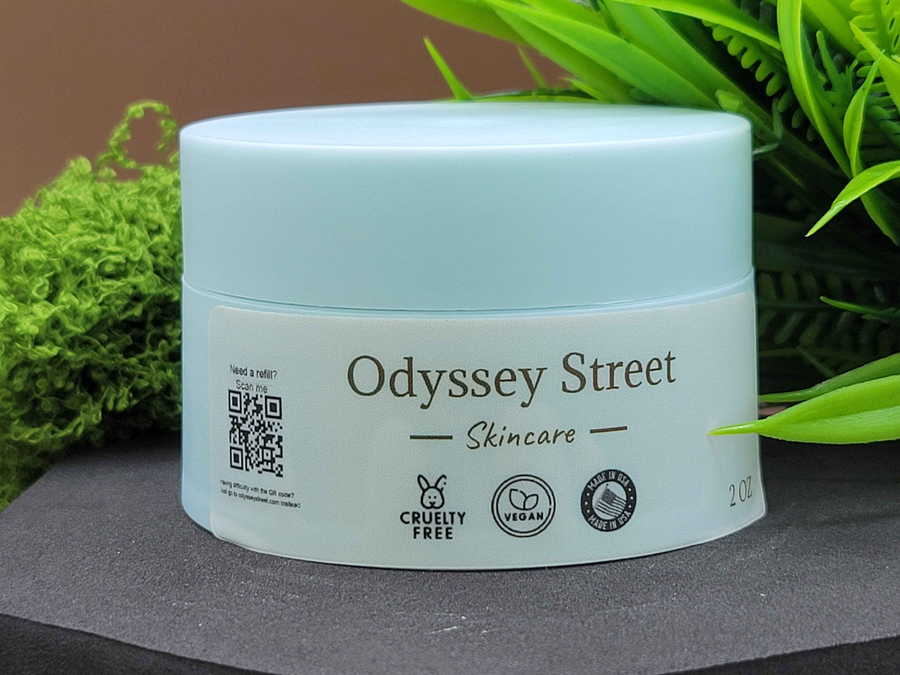
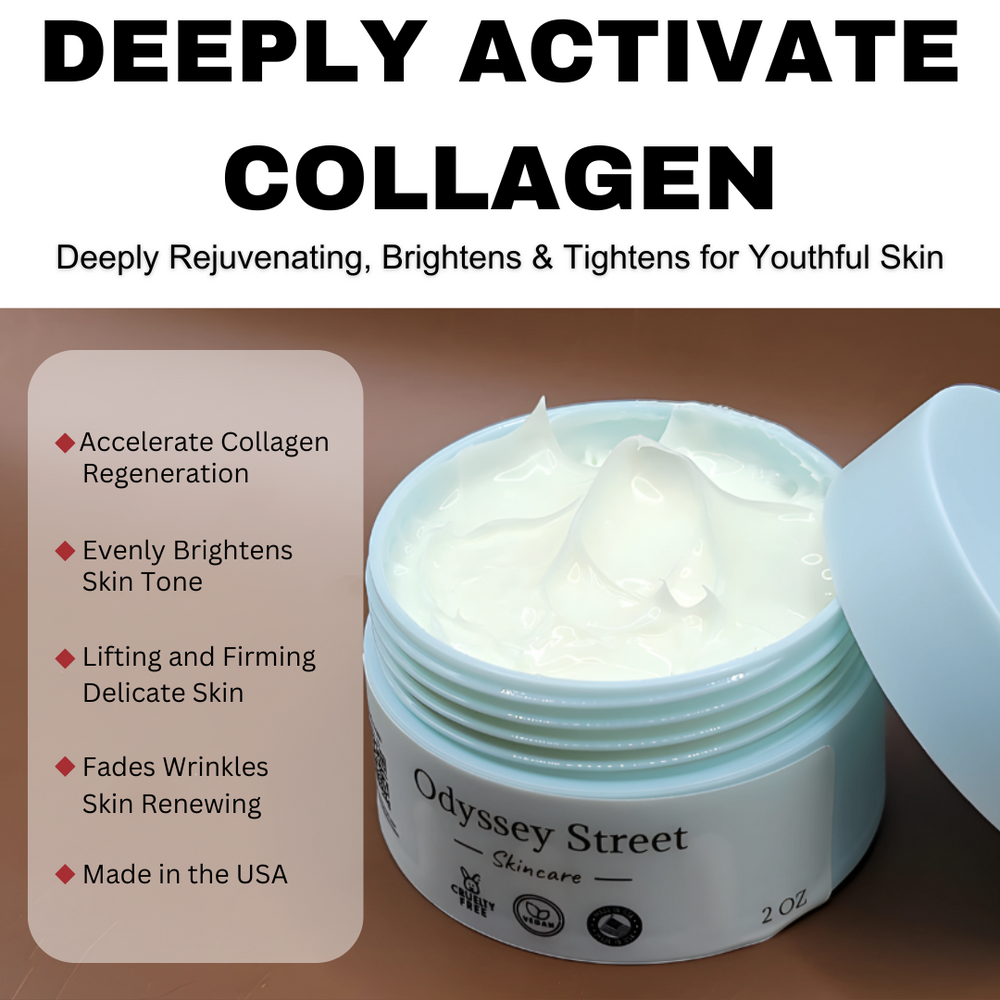




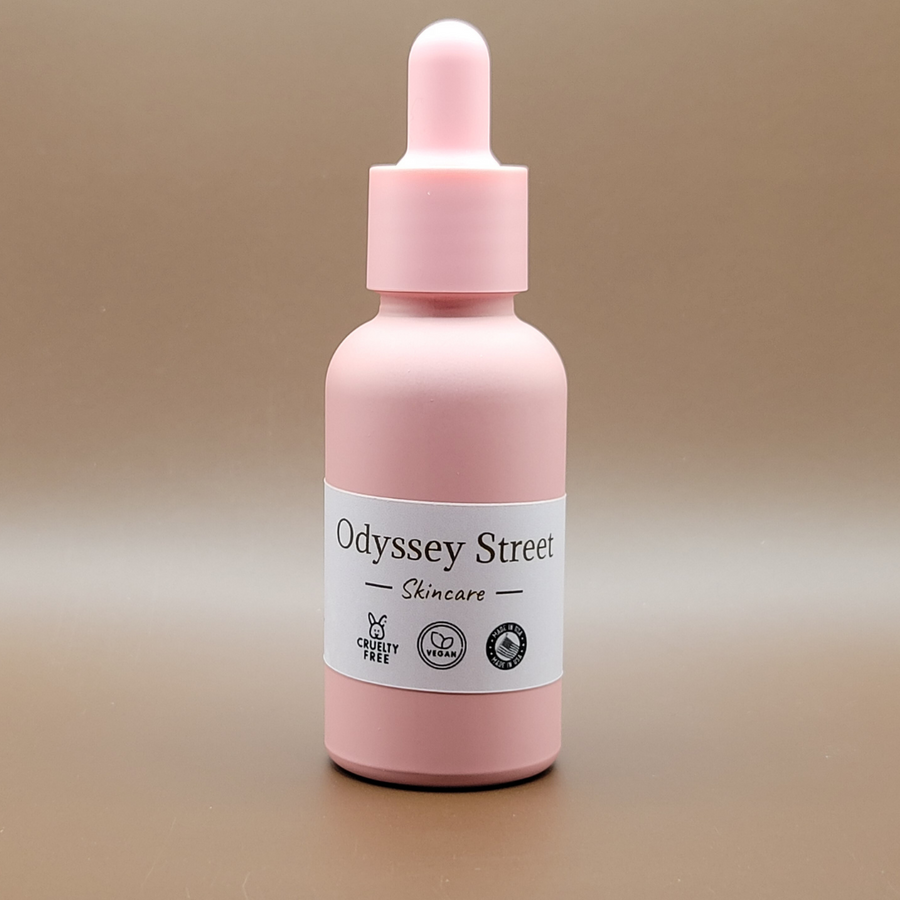
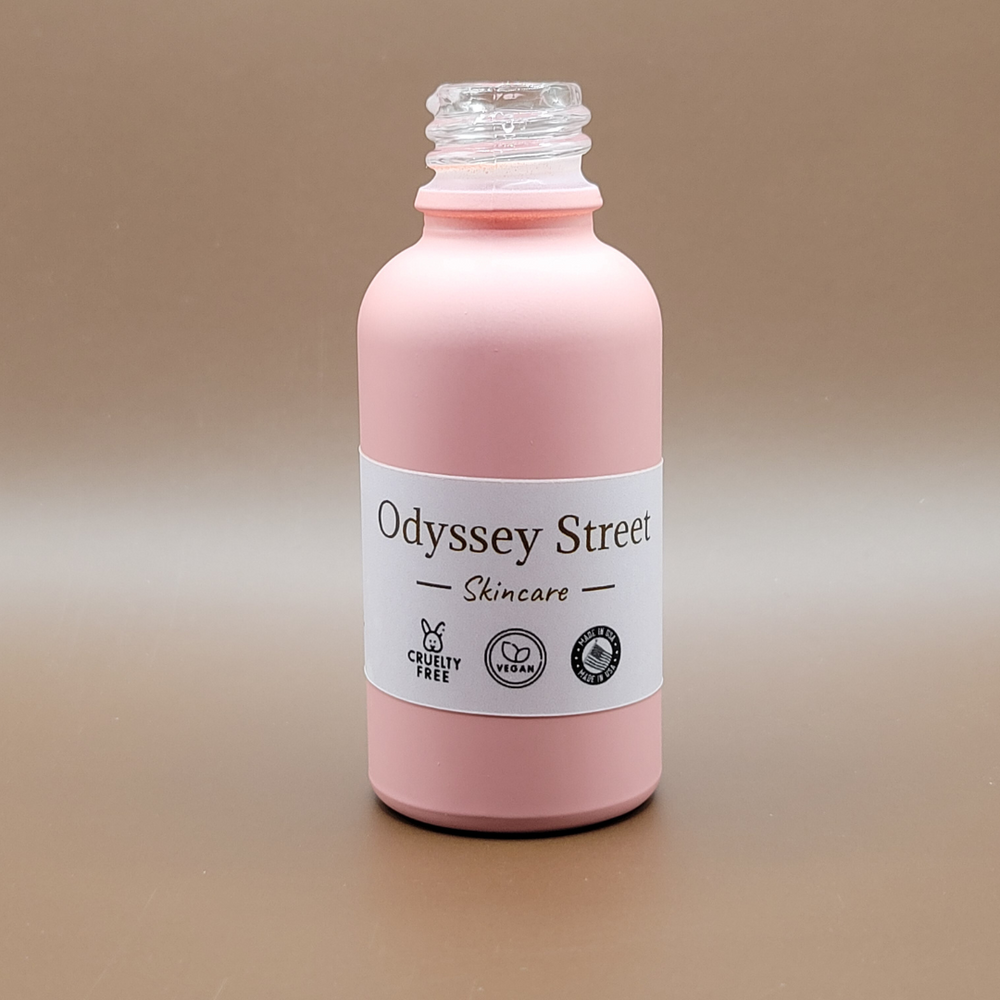
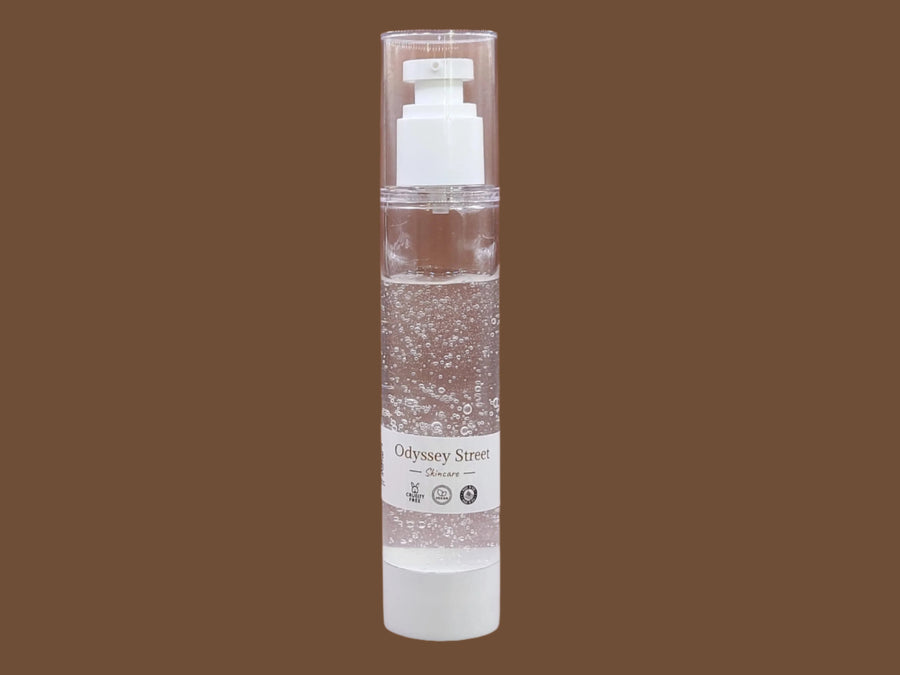
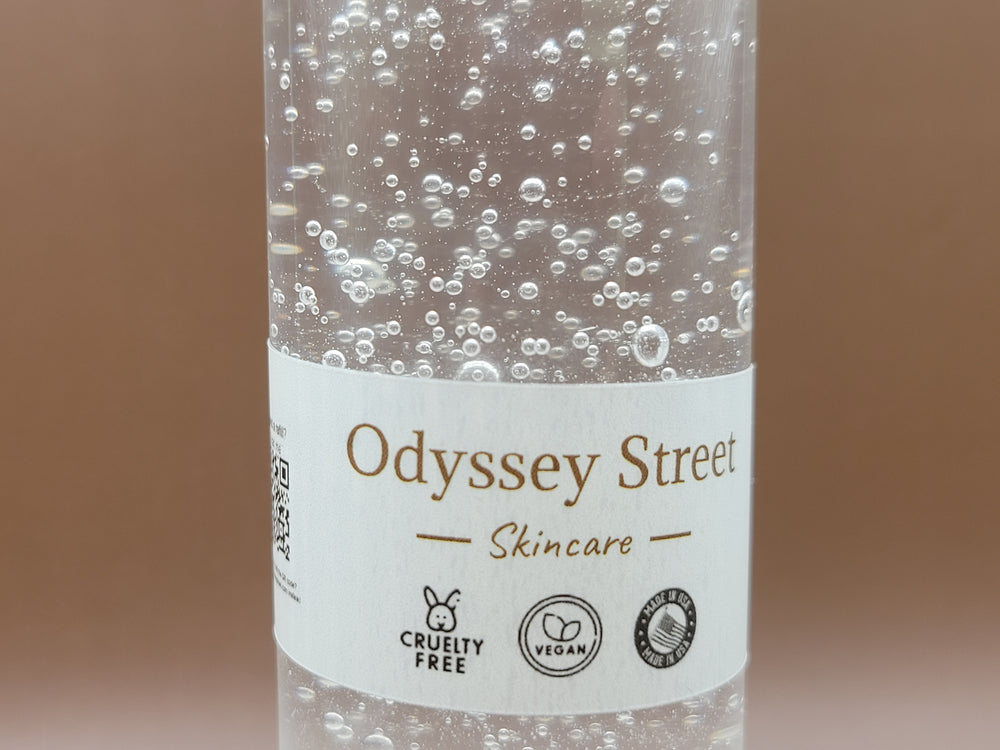
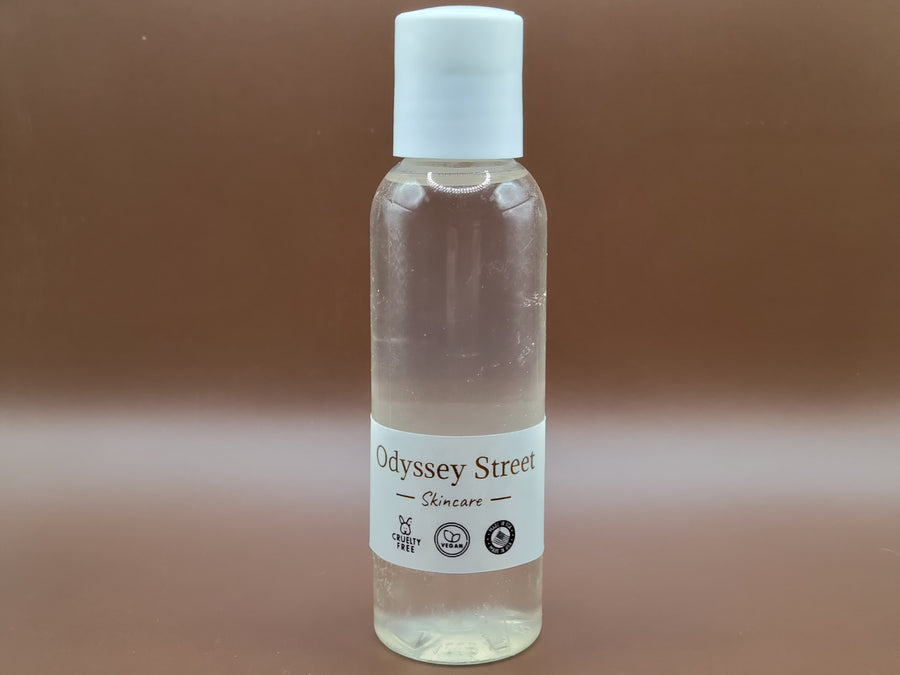
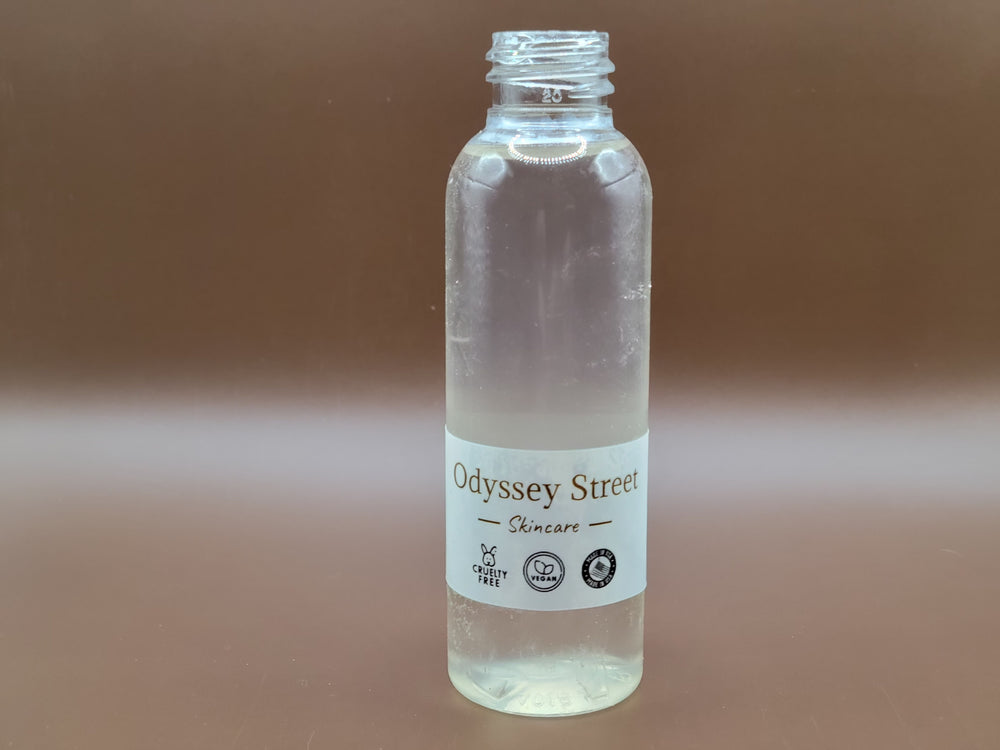
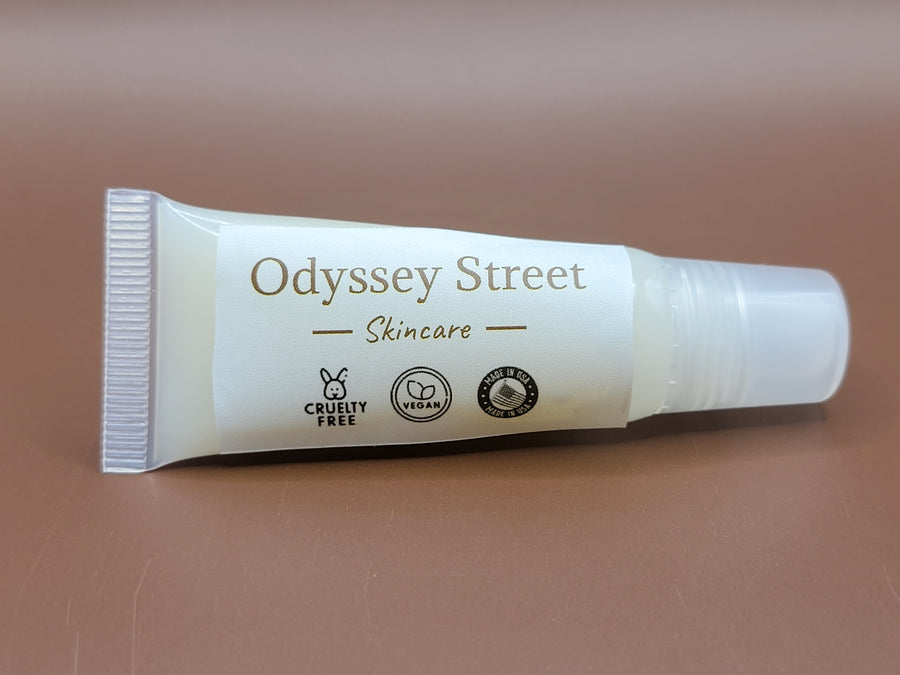
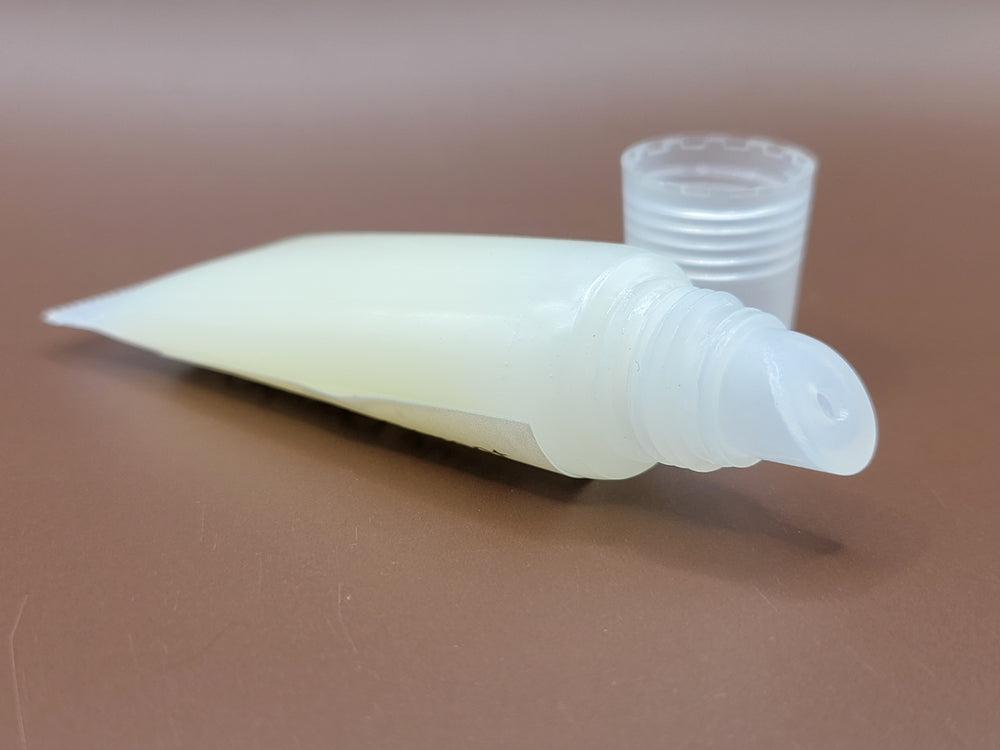
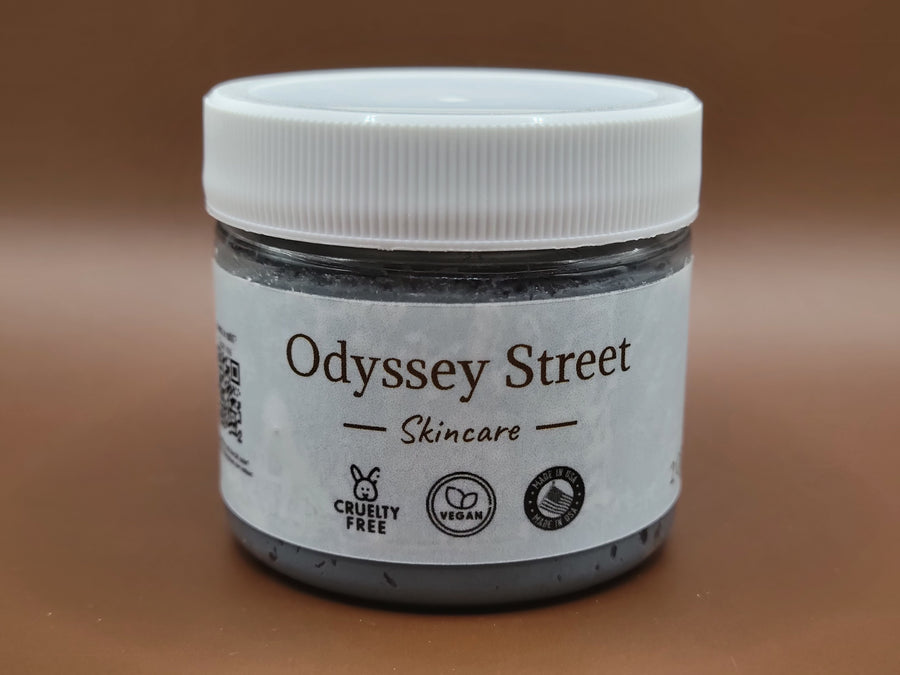
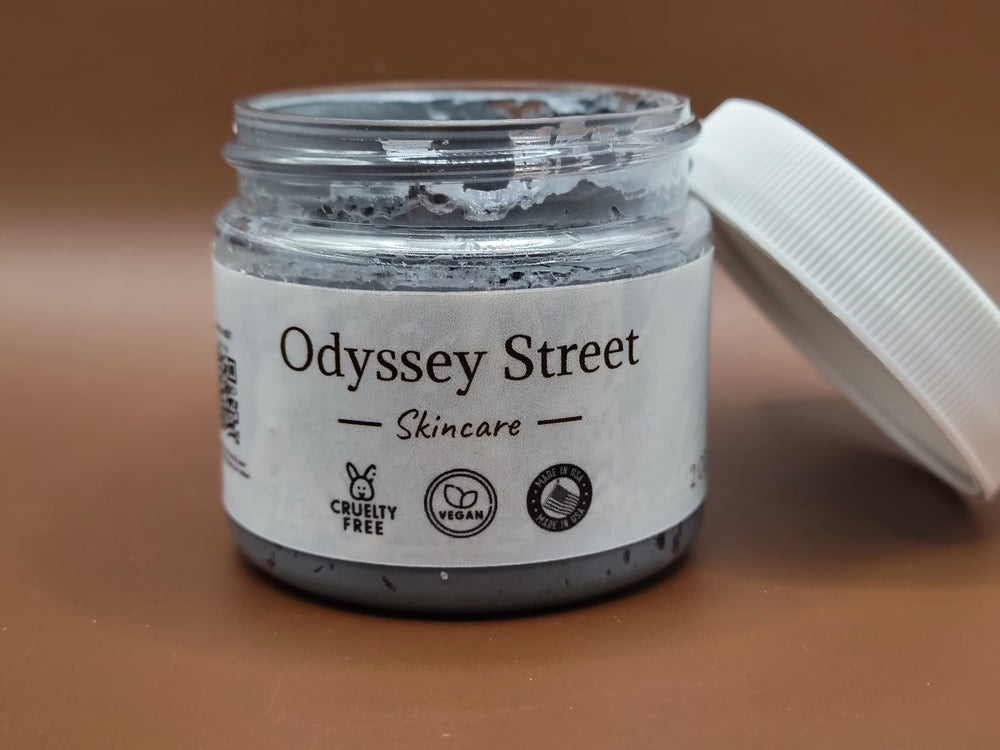
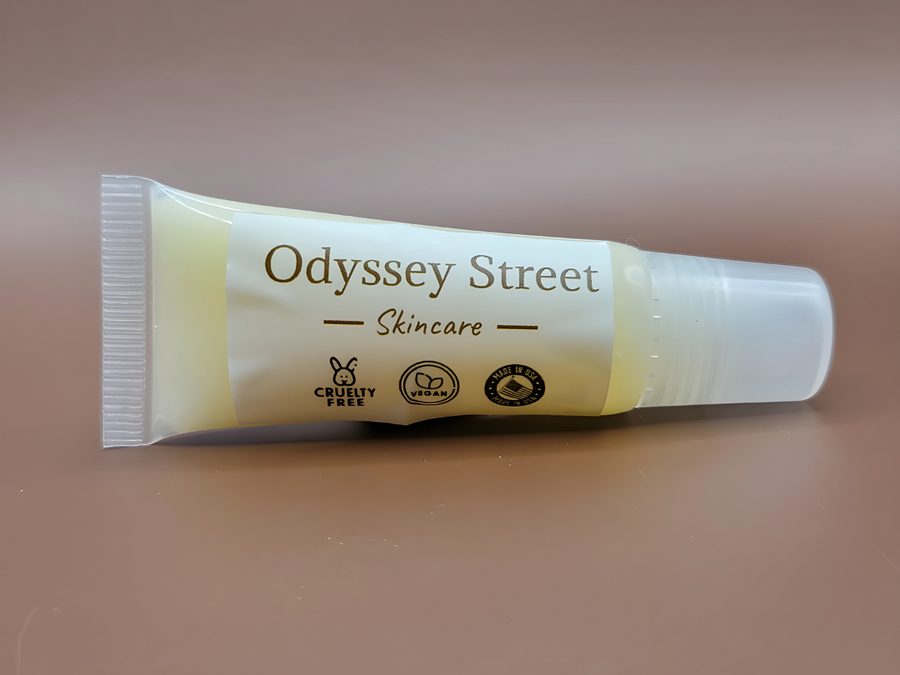
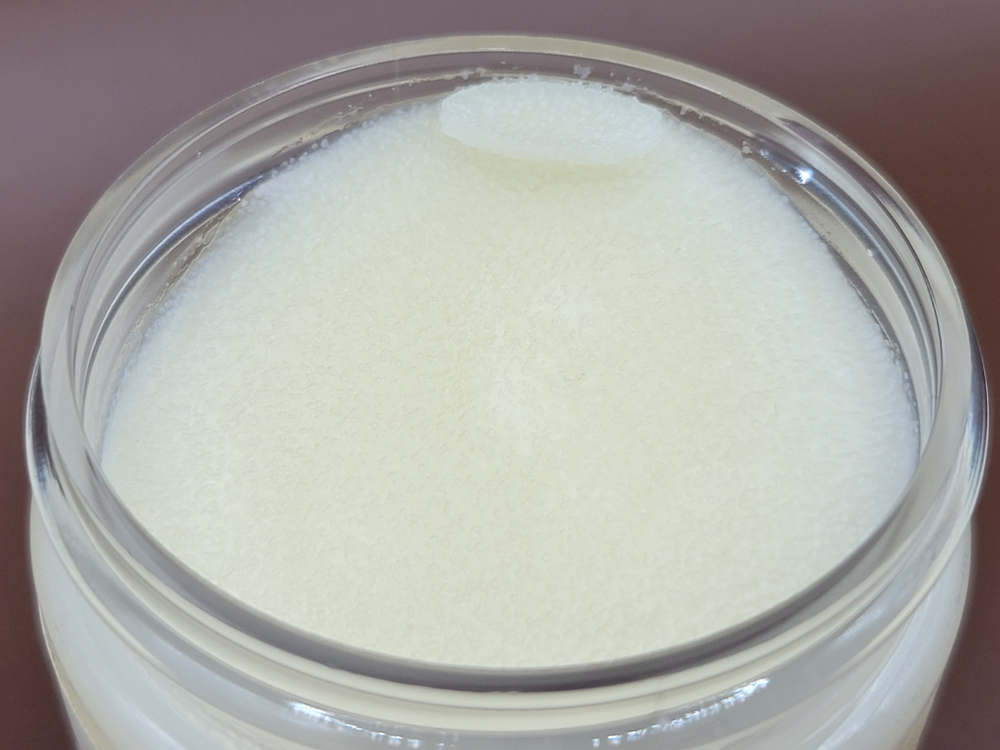
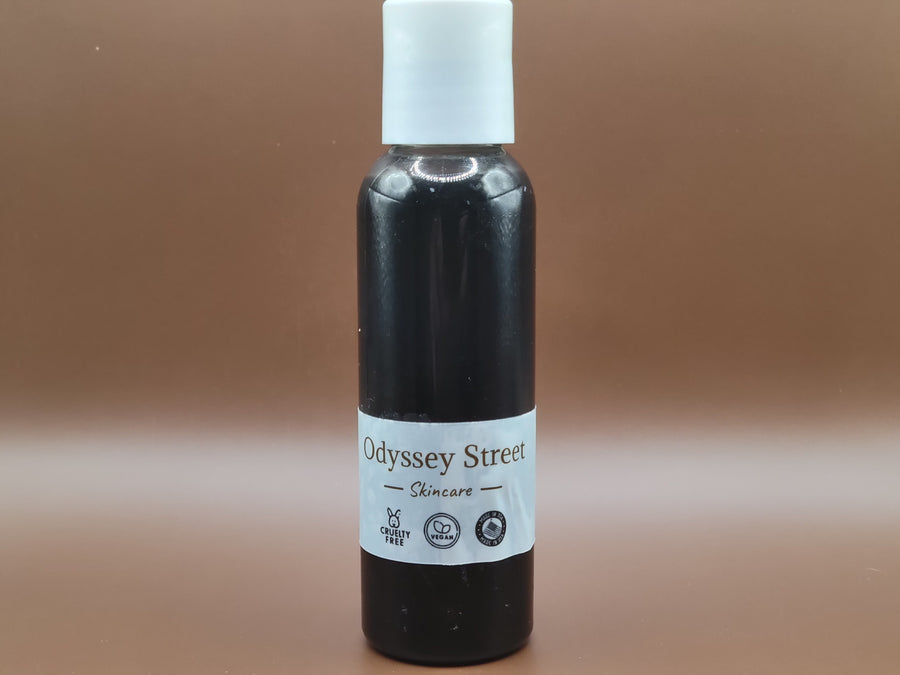
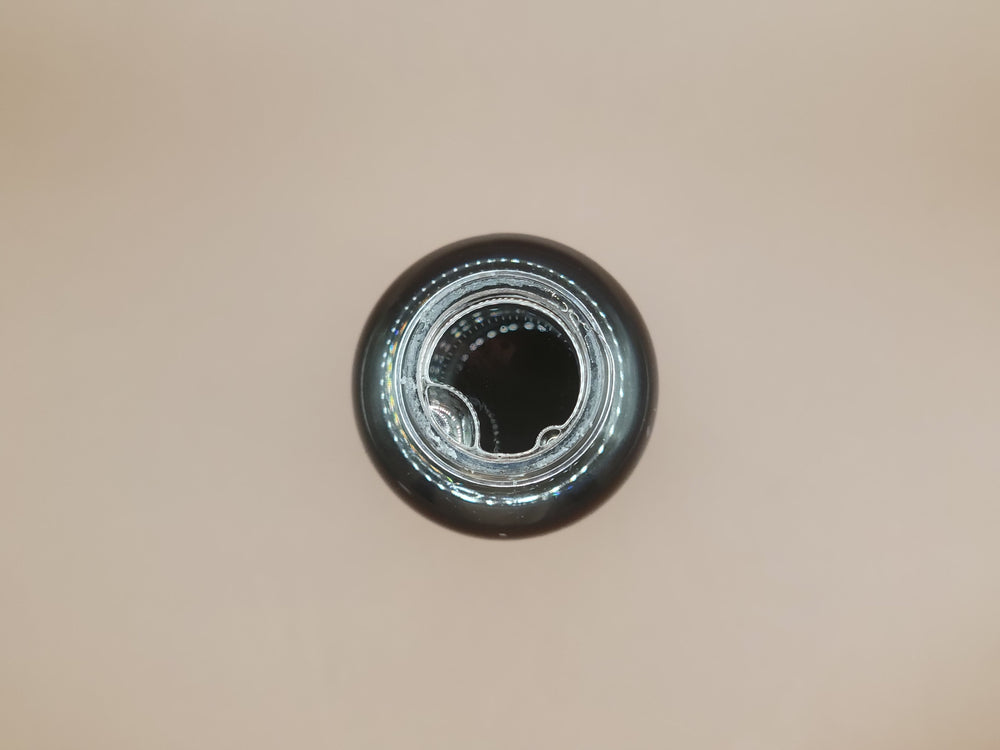
Leave a comment